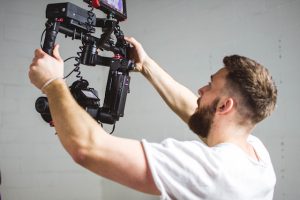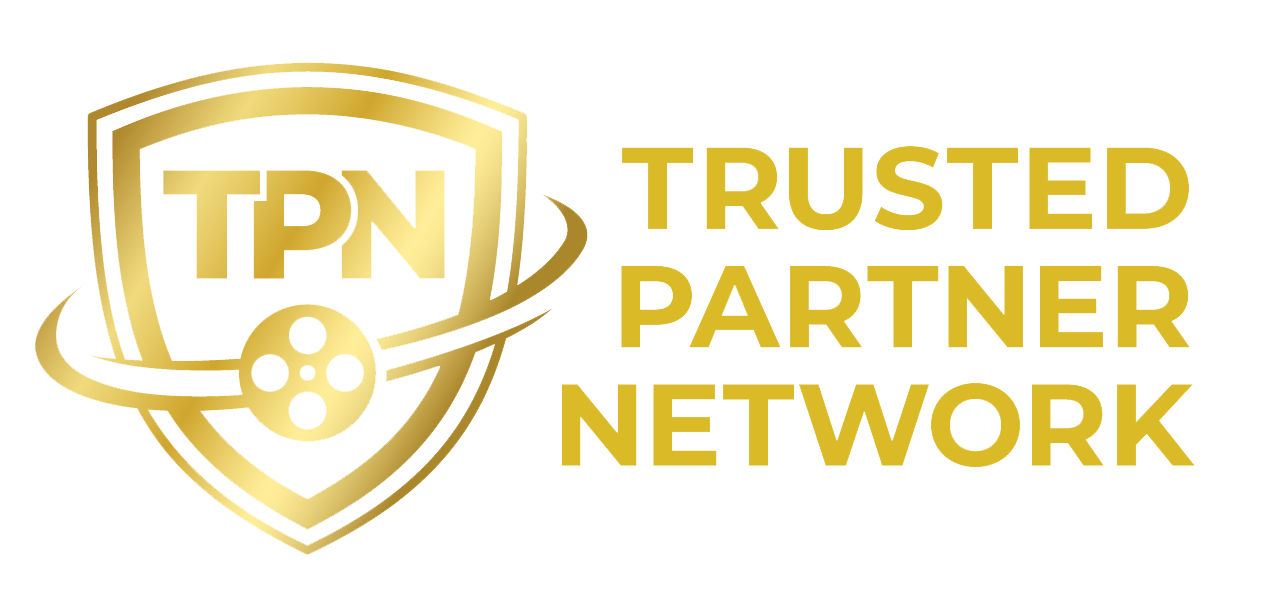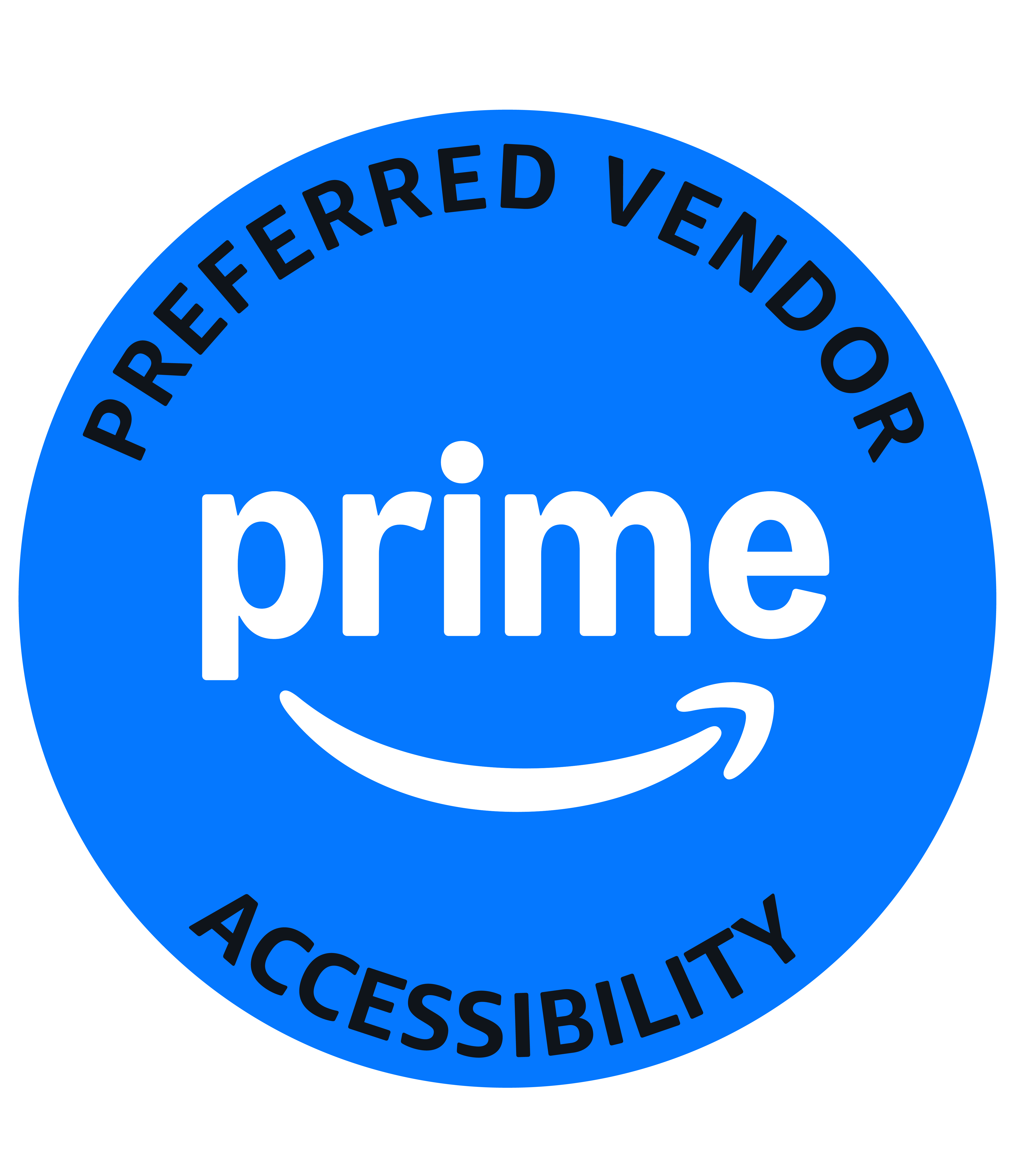
Expand your audience with described video: Include 253 million people living with vision impairment.
Including audio description, or described video, in your broadcast or film production is sure to expand your audience. People with blindness or vision impairment enjoy watching TV and movies too—by including audio description you make your production accessible to everyone.
A lot of us have vision impairment. World-wide, more than 1 billion people have some form of disability, about 15% of the total population. Some call it the world’s largest minority. About 253 million people live with vision impairment1.
In Canada, about half a million Canadians live with significant vision loss. Every year more than 50,000 Canadians will lose their sight2.
In the US, about 3.4 million Americans have blindness or vision impairment. These figures include people who have no sight from birth, people who are legally blind, as well as people with less significant vision loss3.
It’s a growing audience. In Canada, the number of people with vision impairment is expected to increase nearly 30 per cent in the next decade. Canadians 65 or older are a growing group along with obesity and diabetes rates, underlying causes of vision loss.
It’s the same in the US where vision impairment is expected to double to 8 million people by 20504.

Get on board: Broadcast accessibility is regulated.
In Canada, broadcasters must provide audio description for all in-house productions related to information-based programs. All conventional broadcasters, as well as certain French and English pay and specialty broadcasters, must offer four hours of described video per week.
Beginning in September 2019, certain broadcasters will be required to provide described video for all suitable programming broadcast between 7 PM and 11 PM (prime time) seven days a week, while all other non-exempt broadcasters will be required to provide four hours of programming with described video per week5.
In the US, the FCC calls for local TV station affiliates of ABC, CBS, Fox, and NBC, which are located in the top 60 TV markets, and the top five non-broadcast networks to provide audio description. Note, although not required, there are a number of other stations that provide audio description voluntarily.
This new rule just expanded the required amount by 75%, increasing the requirement from 50 to 87.5 hours per calendar quarter for broadcast and cable networks. Per week, this is an increase from about 4 hours to about 7 hours of described video. These updates took effect on July 1, 2018 6.
Spread the joy after you get email like this: “I was curious and for the first time, enabled audio description. I was in Heaven!!
It was like listening to a tape book with dialog from the actors. The scenes that were too difficult for me to keep up with were suddenly made easy for me, especially fight scenes. I often have trouble remembering the names of some characters that aren’t main characters but even that was made easy for me.
It is a shame that not more entertainment is made accessible like this.
Sources:
1 World Health Organization, 2017
3 National Federation of the Blind, 2016




